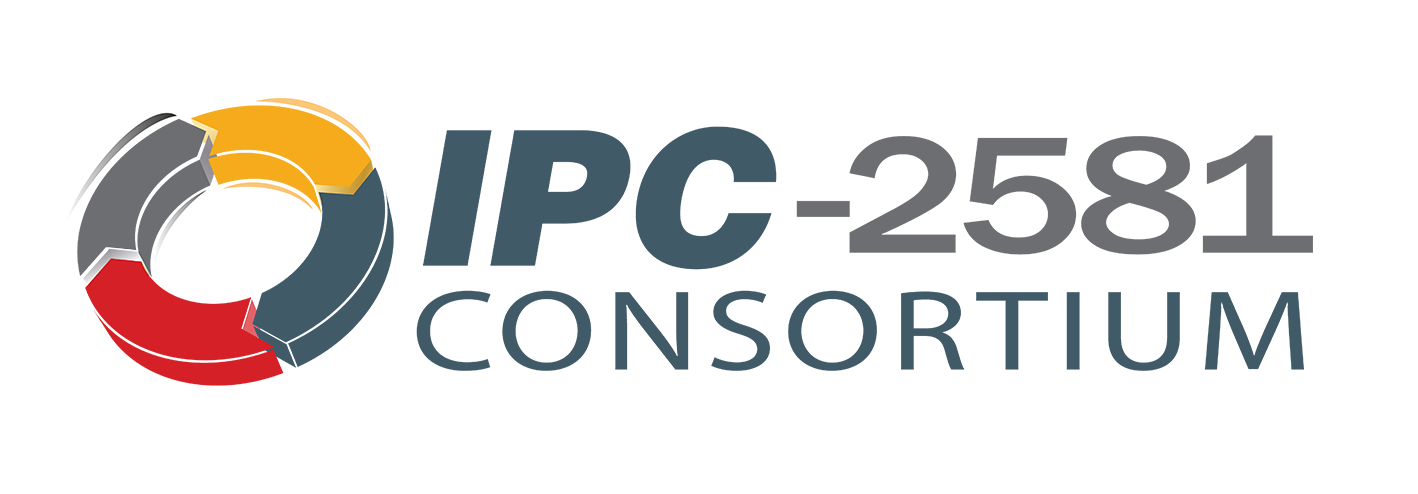PCBs (Printed Circuit Boards) have changed significantly over the past three decades, yet to the surprise of many, we still commonly use 30-year-old ways of communicating design intent to manufacturing. These decades’ old data-communication formats were originally conceived to drive the emerging numerically controlled machines. Gerber format, properly implemented, is perfectly adequate to transfer image data, but it does not transfer stackup data, materials, design intent or netlist. IPC, the trade group, has been aware of the challenges and dynamics of the PCB design and manufacturing segment and has been an ardent advocate for the replacement of these old data-communication formats.
In early 2001, iNEMI (the International National Electronics Manufacturing Initiative) stepped in to lead a broad, industry-wide project to define the definitive data exchange convergence specification. The goal was to enable accurate, efficient data exchange between designers and manufacturers of printed circuit boards (PCB) and assemblies using a single XML-based data exchange format. From this effort, an IPC committee developed a new standard, IPC-2581, Generic Requirements for Printed Board Assembly Products Manufacturing Description Data and Transfer Methodology; it was released in March 2004.
With IPC-2581, the industry finally has a global opportunity save millions of dollars by implementing a standardized safe and complete transfer of designs data and save millions of dollars wasted by managing multiple files in different formats. But as usual with data format specifications, nothing can be done until the supply chain produces, consumes and supports such a specification. This is where a new consortium of PCB design software (EDA) and supply chain companies fits in: to bring companies together to enable, facilitate and drive use of IPC-2581.
For a history of data transfer formats, their origins and current status see A Short History of Electronic Data Formats.
